Farmers struggle to kill rats…
Mr. Kim Nguol, residing in Cau Tre hamlet, Phu Can commune, Tieu Can district, said: his family has 0.2 hectares of rice, when it gets dark (around 7 p.m.), there are 10-20 rats in his family's field per night.
Although traps and rat poison were set, they were ineffective. After killing a few rats, no more rats came to eat the bait; the number of rats biting and destroying the fields also increased.
In the 20 days since planting to May 31, the family had more than 200 square meters of young rice destroyed by rats; the rice areas most damaged by rats were on mounds and dry land. Currently, in Tieu Can district, 9,600/10,170 hectares of summer-autumn rice have been planted; mainly rice in the seedling stage.
According to comrade Vo Quang Cuong, Deputy Head of the Department of Agriculture and Rural Development of Tieu Can district: the summer-autumn rice fields are all being damaged by rats, to varying degrees.
Faced with the above situation, the district is also developing a plan to "exterminate rats to protect crop production" according to Decision No. 870/QD-UBND, dated May 22, 2024 of the People's Committee of Tra Vinh province.
Talking about the situation of rats destroying rice of his family and surrounding households, Mr. Nguyen Van Thu, Hamlet 1, Phong Thanh Commune, Cau Ke District said: his family has 0.45 hectares of rice land; currently the summer rice crop has been harvested for nearly 30 days.
Due to the increasing number of rats, they often appear in the fields to bite and destroy rice after 7 p.m. and from 2 a.m. to 3 a.m. During the summer-autumn rice crop, the family has used methods such as setting traps, using rat poison, digging holes and spreading nets... from the beginning of the summer-autumn rice crop until now, nearly 300 rats have been exterminated.
Besides placing rat bait, farmers in Dai Truong hamlet, Phu Can commune, Tieu Can district, Tra Vinh province also protect their rice by covering it with nets to prevent rats from entering.
Mr. Tran Van Chung, Director of Phat Tai Agricultural Cooperative (O Tre Lon Hamlet, Thanh My Commune, Chau Thanh District) said: Currently, rat extermination methods are only effective in the first days.
Because of the “smart” habits of rats, farmers have been very ineffective in setting traps or using rat poison. In the face of rat damage, many households have had to spread mosquito nets and plastic sheets around their rice fields to prevent rats from entering the fields and biting the rice…
Interwoven gardens and fields - "ideal" shelters for mice
Mr. Son Sa Ret, Dai Truong hamlet, Phu Can commune, Tieu Can district said: currently, around the rice fields there are often coconut gardens and fruit gardens interspersed.
Therefore, it is very difficult to handle and catch rats because during the day, rats hide in gardens; at night, they go out into the fields to gnaw and destroy rice. This is an "ideal" shelter for rats, and they often make nests and burrows in gardens and embankments. Rice growers are very afraid of rats, because of their ability to reproduce very quickly and their cleverness.
Ms. Thach Huyen, Hamlet 1, Phong Thanh Commune, Cau Ke District said: her family has more than 1.2 hectares of rice, but because it is located next to an old orange garden, the owner of the orange garden does not take care of it, and leaves wild trees growing wildly, creating conditions for rats to hide.
To prevent rats from entering the garden and biting the rice fields, the family has to use a net to cover the garden's foot, nearly 150 meters long.
According to Mr. Kim Nguol, in the past, rats were very afraid of people because every house in the countryside kept a few dogs and a few cats; these were the objects that rats were very afraid of.
The family also had 3 dogs and 2 cats; whenever they saw mice on the trees or peeking out at dusk, the dogs and cats would chase them. But since the dog and cat thefts began, the family no longer had any dogs or cats; since then, more mice have appeared.
Synchronously deploy rat extermination solutions
To protect agricultural production from the increasing number of rats causing harm in agricultural production, implementing individual rat extermination measures in each farming household is highly effective.
Dr. Ho Van Chien, former Director of the Southern Plant Protection Center, said: Rats increase in numbers very quickly and in a short time, their range of activity is very wide.
In addition, because rats are rodents and are smart, rat bait is usually only used for a short time, after which the effectiveness of the bait is no longer, because the rats become afraid of the bait (stop eating).
Due to the ability of mice to travel very far, it is necessary to organize community mouse traps or plant traps; it is necessary to prevent and control harmful mice right from the beginning of the production preparation stage.
How to do: Prepare about 1,000m2 of land in the middle of the production area, which will be able to protect about 50ha; the time to make community mouse traps is about 15 days before the mass sowing of the field.
Around the 1,000m2 plot of land, dig a ditch running around the plot and build roads into the plot passing through the ditch (about 4 roads in 4 directions); outside the plot of land adjacent to the ditch, build a nylon fence, about 1m high. The banks built across the ditch will be used as a path to lure rats in, at the end of the road, set 2 traps.
At this time, the rice in the field chosen to be used as a mousetrap has sprouted and stimulated the mice to find food. Every day, households in the area will visit the trap and catch mice. The community mousetrap model requires the participation of many households to be effective.
On May 22, 2024, Vice Chairman of Tra Vinh Provincial People's Committee - Nguyen Trung Hoang signed Decision No. 870/QD-UBND approving the Plan to exterminate rats to protect crop production in the province.
Comrade Le Van Dong, Deputy Director of the Department of Agriculture and Rural Development of Tra Vinh, said: In the Plan, rat extermination is determined to be a regular and continuous task. Organize concentrated rat extermination campaigns in the districts, towns and cities at the right time when rats have not yet entered the breeding season and the transition period between production seasons of the year.
Coordinate with local departments, branches, sectors and organizations to organize and launch rat extermination movements, organize community rat extermination teams and groups in "concentrated rat extermination" campaigns during the time when rats have not yet reproduced, before and after production seasons.
Deploy 02 concentrated rat extermination campaigns/crop, exterminate at least 03 million rats/year. Gradually build and replicate the rat extermination model using rat traps in localities with many intercropping production areas, convert to multi-cropping production...
Source: https://danviet.vn/con-vat-quai-ac-nao-dang-rinh-pha-hoai-tai-san-khien-pho-chu-cich-tinh-tra-vinh-ky-quyet-dinh-nay-2024062414132269.htm


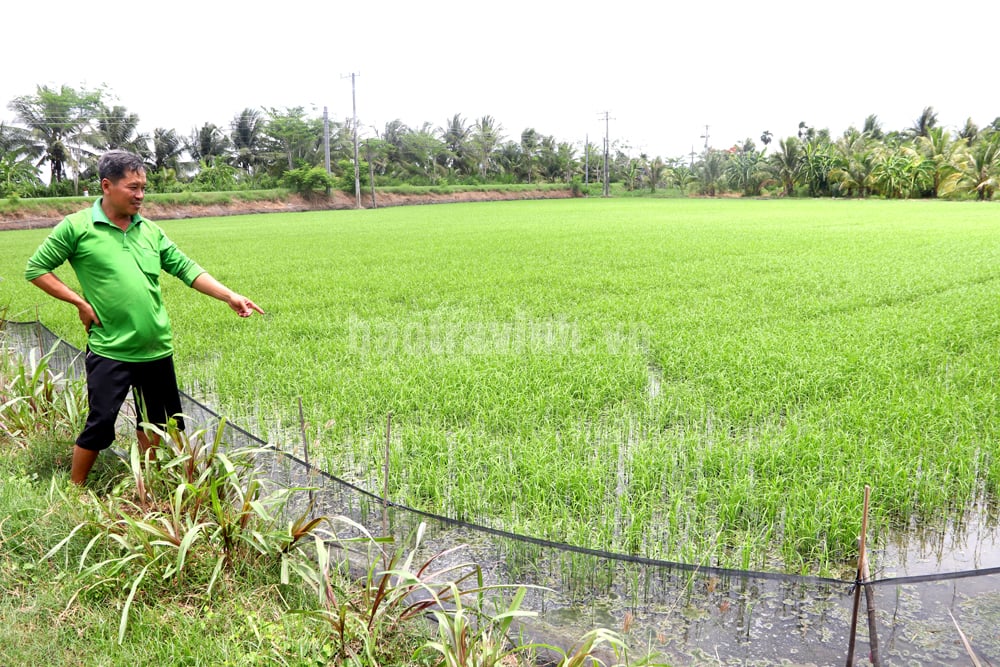


![[Photo] Cat Ba - Green island paradise](/_next/image?url=https%3A%2F%2Fvphoto.vietnam.vn%2Fthumb%2F1200x675%2Fvietnam%2Fresource%2FIMAGE%2F2025%2F12%2F04%2F1764821844074_ndo_br_1-dcbthienduongxanh638-jpg.webp&w=3840&q=75)



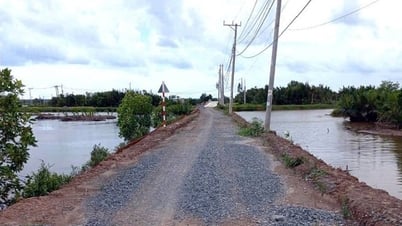











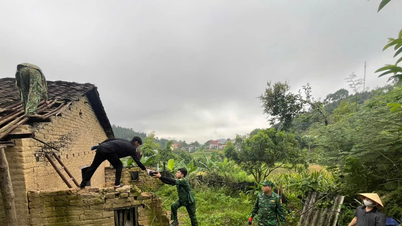

![Varieties Revolution: [Part 2] Tissue-cultured bananas overcome challenges](https://vphoto.vietnam.vn/thumb/402x226/vietnam/resource/IMAGE/2025/12/04/1764821852127_3654-102650723_2939528996132898_3129898509587505636_n-1-nongnghiep-113643.jpeg)

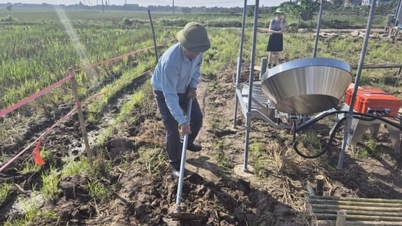











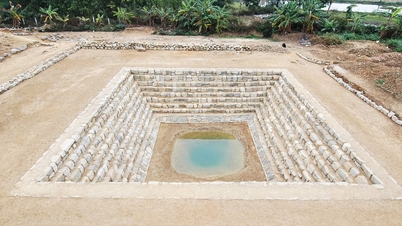


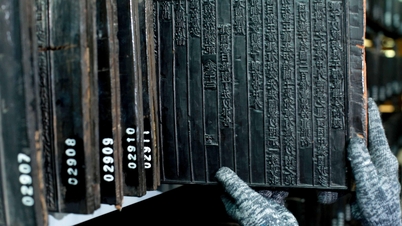
















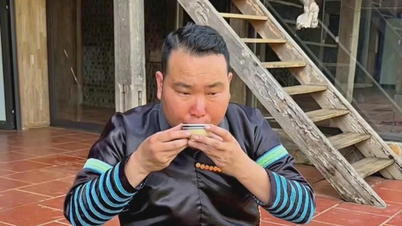


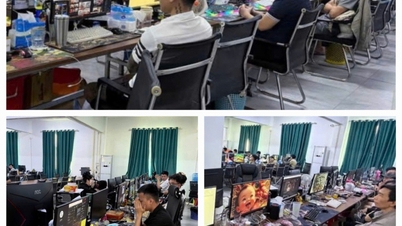





















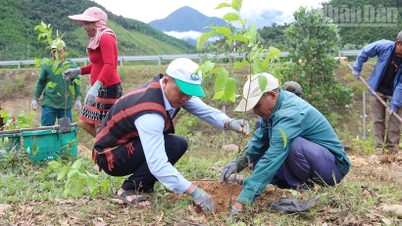






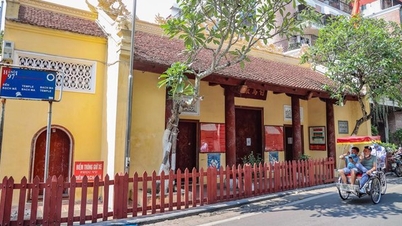
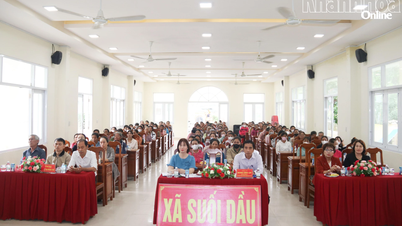



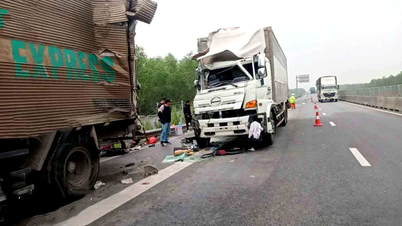

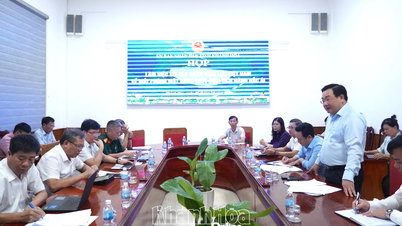













Comment (0)